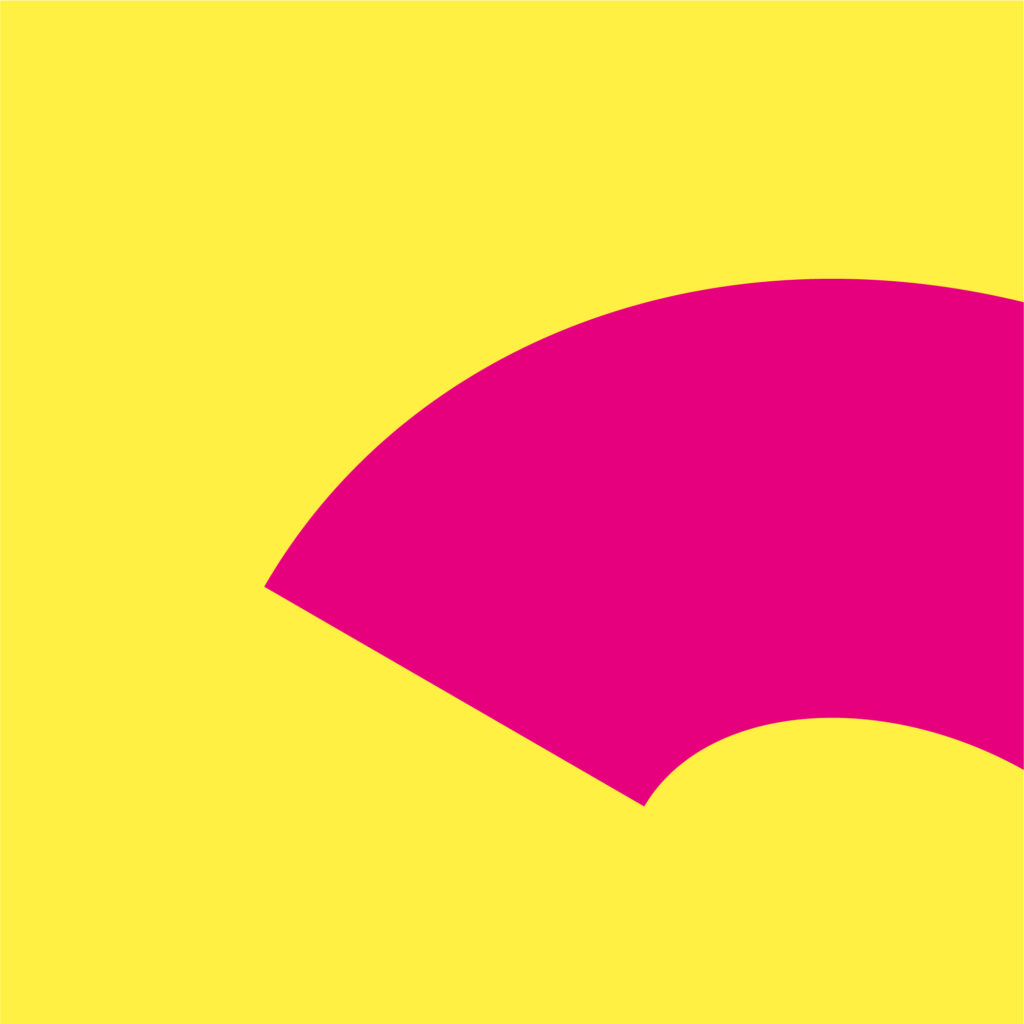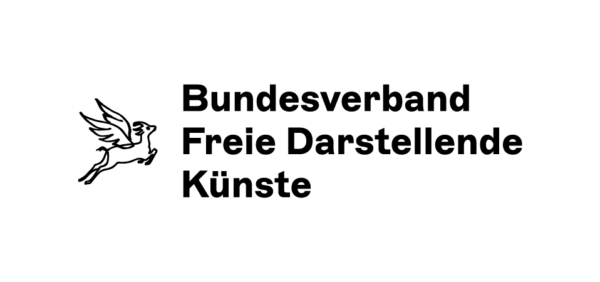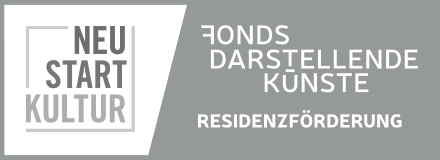Week 4: 24th – 28th July
In the final week we started off by Reflecting on previously constructed stage possibilities and made decisions on how to refine – choosing, merging and cutting off – scenes, dealing with the main question: how to share the researchwe had done so far to an audience on the makingOFF day.
From the visual results of the past week – the drawings and painting developed by Reyna and the video recordings directed by Ghazal, both of them were able to work onto specific aesthetic decisions for the final presentation.
Right on the starting day we had the final meeting with our mentor: after showing a couple of scenes we were contemplating, we were able to delve into conceptual nuances of the project, share most of our doubts and insecurities, and hear deep and honest feedback. We were offered very helpful guidelines and perspective points of view, through which to analyze the project and think about its future development.
From this discussion, we were able to regroup and think over what we wish to share and made the decision to go back to a multidisciplinary and mix media exposee – in opposition of dividing the research presentation in media sectors we had developed – sound, movement based on memory, movement based on slow Accumulation, livepainting and live filming.
We kept the decision on a Stage Design consisting of two half of circles, according to the scheme:

We spent the week pushing through the struggle of mixing filming/projecting, painting and movement through repetitive practice. We decided to show some of the paintings that resulted from these exercises on the day of the presentation, as well as in the snippets of sound we worked on – an aria, in a form that showed the development ofthe research.
Throughout this last week, the attention on Gaze of the audience was in our minds – how does the audience participate – where are they looking at? We made the decision to not delve into political questions that come through a project that deals with migration/restriction of movement and with artists that concretely have this background.
The end result was divided into 2 main scenes:
The first scene starts with movements from both performers Joni and Kinga in front of the main/bigge half circle, both of them being in the spotlight while the film artist and the painter are hiding behind the small half circle. During 15 minutes, both of them go through multiple rehearsed forms – repetition, tempo, tapping into intensity and a dual play, that developed into the aria rehearsed by Kinga – Bach BWV 131-4 Meine Seele wartet. While this happens, Reyna paints an accumulation of figures with pastel, forming a segment of loosely aligned figures. When this is done, the performances leave stage and Samra takes over and films the figures in a slow motion rhythmus, that is then live projected on the big half circle surface for the audience to see.
The second scene inverts the setting. Both performers start on the other side of stage, in front of the small half circle, basing their movements on the Slow Accumulation ideia. 3 minutes in, they are joined on stage by Samra, livefilming them in deep zoomed lenses and projecting it onto the bigger half circle surface. 7 minutes in, Reyna joins them on stage and starts a live painting performance, following the movements being projected on the big screen with pencils and oil painting. This exercise was strongly focused on the Gaze. Questions like how to delve intomovements and capture the eyes of the audience? How to shift the situation of the performers from “being observed” to “observing”? The filming was a main key here, as it was being projected. We were able to play with the filming of their eyes, as if to give a feeling that suddenly they were not only being looked at by the painter, filmer orthe audience, but looking back.
Interesting for us was to develop some kind of language – both oral and on movements – that allowed us to interact and communicate with each other on the stage while being concentrated on our media. For instance, it was necessary that the filmer convey to the performers where her focus was. Was necessary that the painter tell where she’s working on, and when she needs the image of the camera to move on. This was a great discovery for our process – that the communication was not to be hidden but rather explored on stage.
After the presentation, we had a round circle to debate and hear feedback, questions and feelings from the audience.





